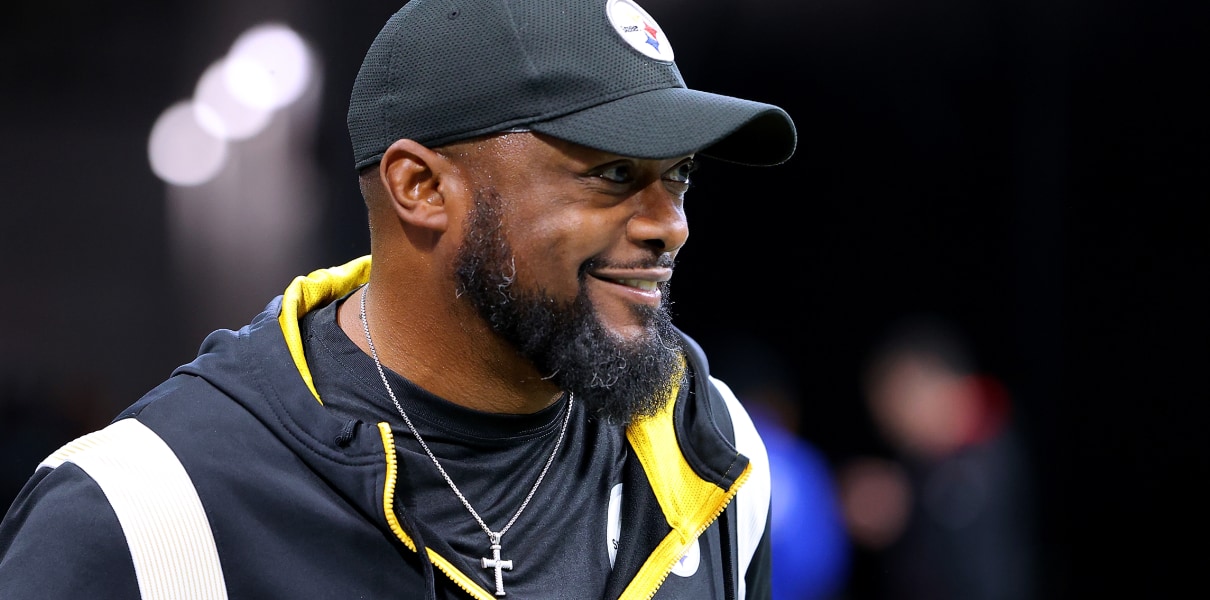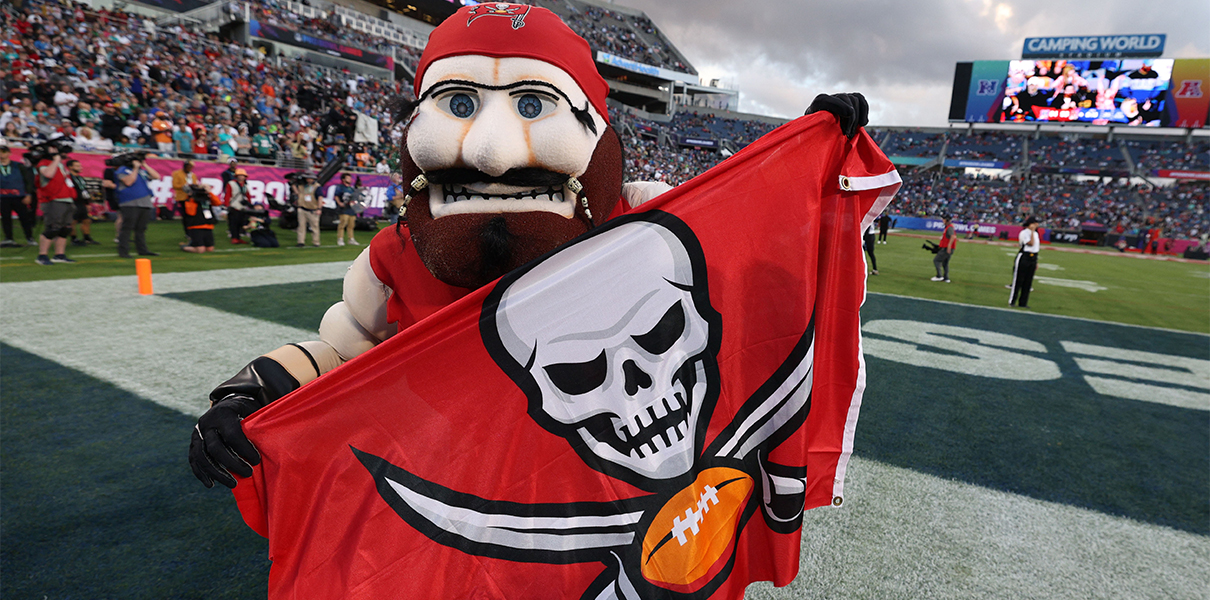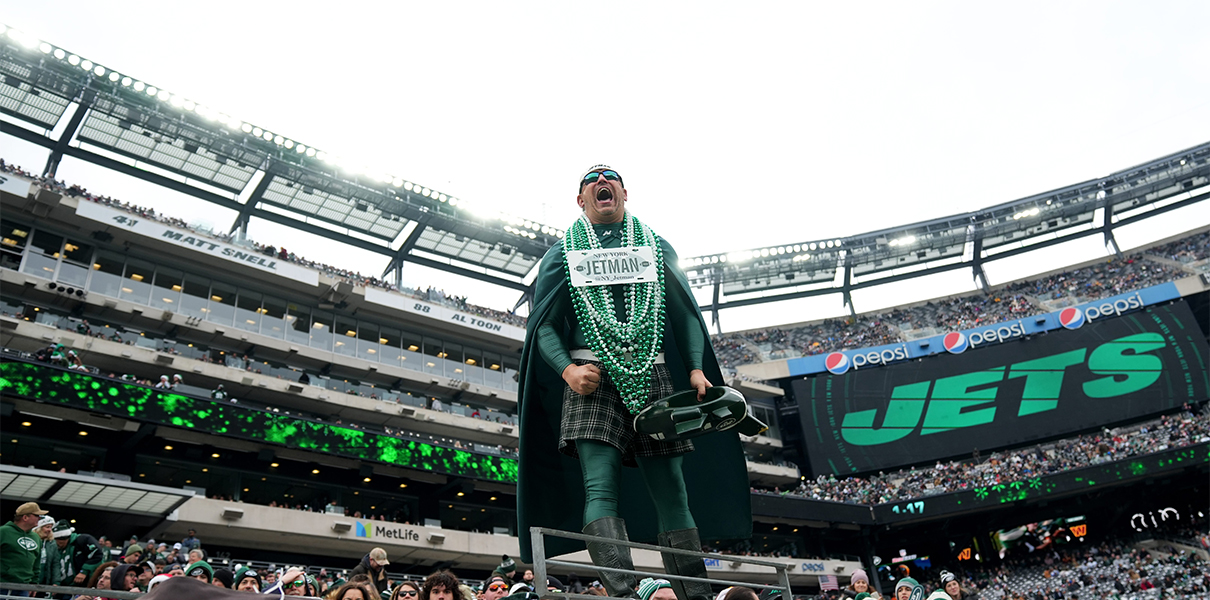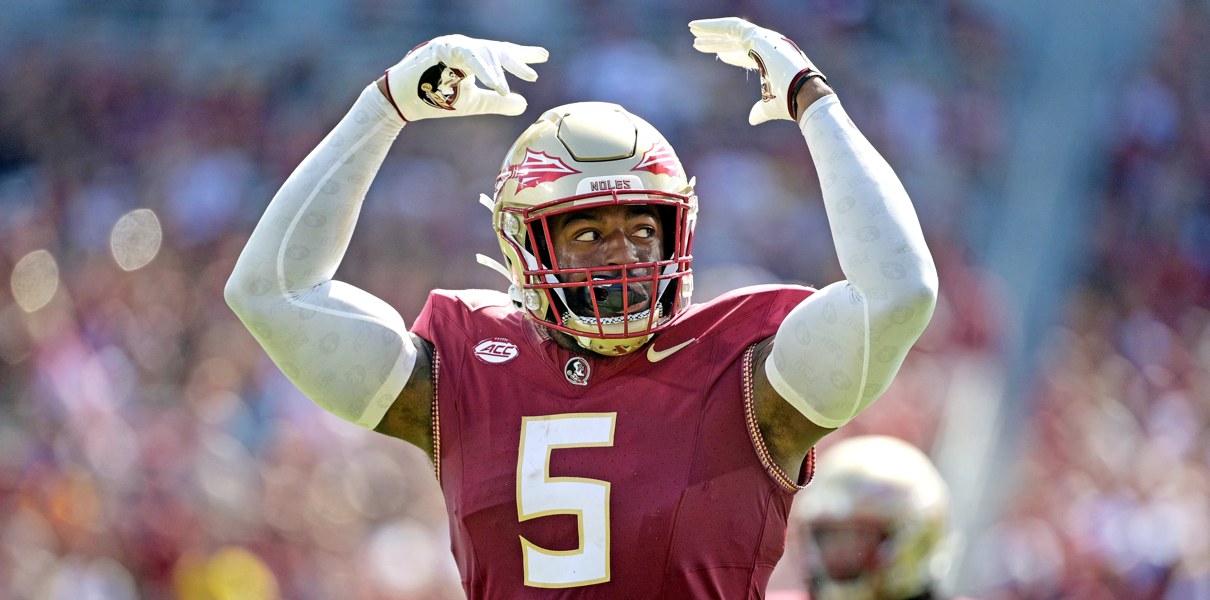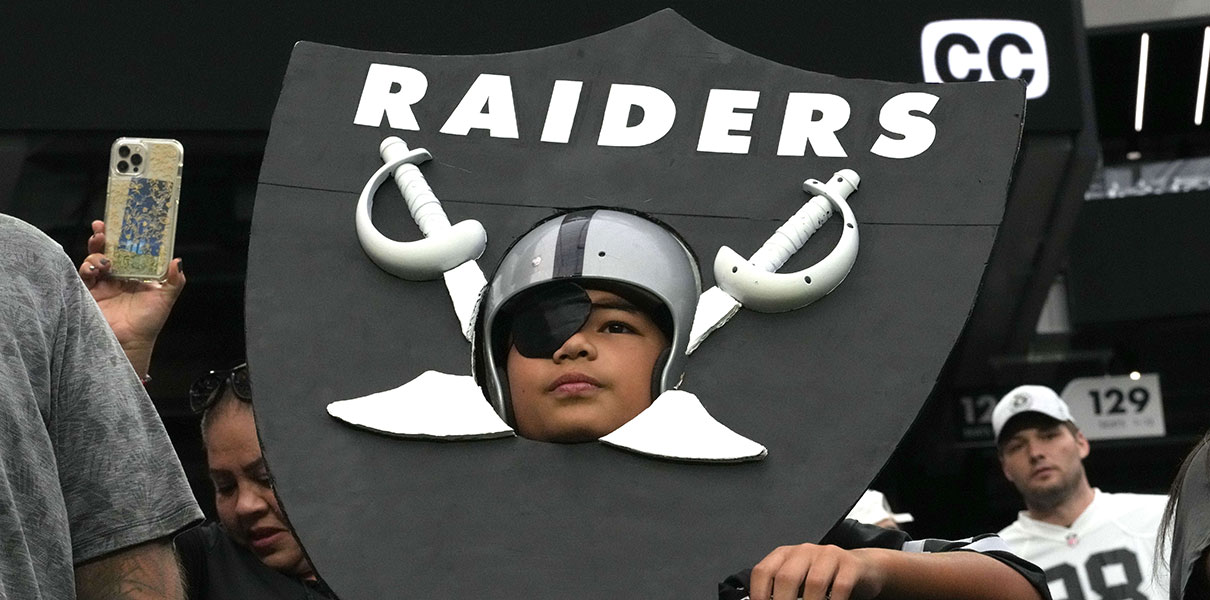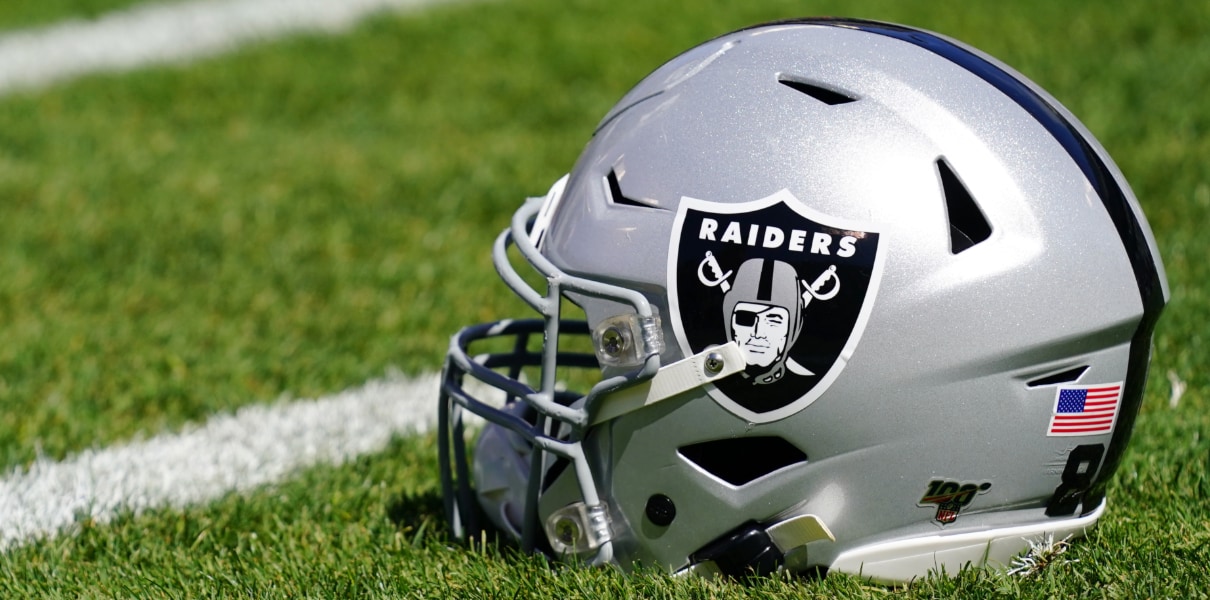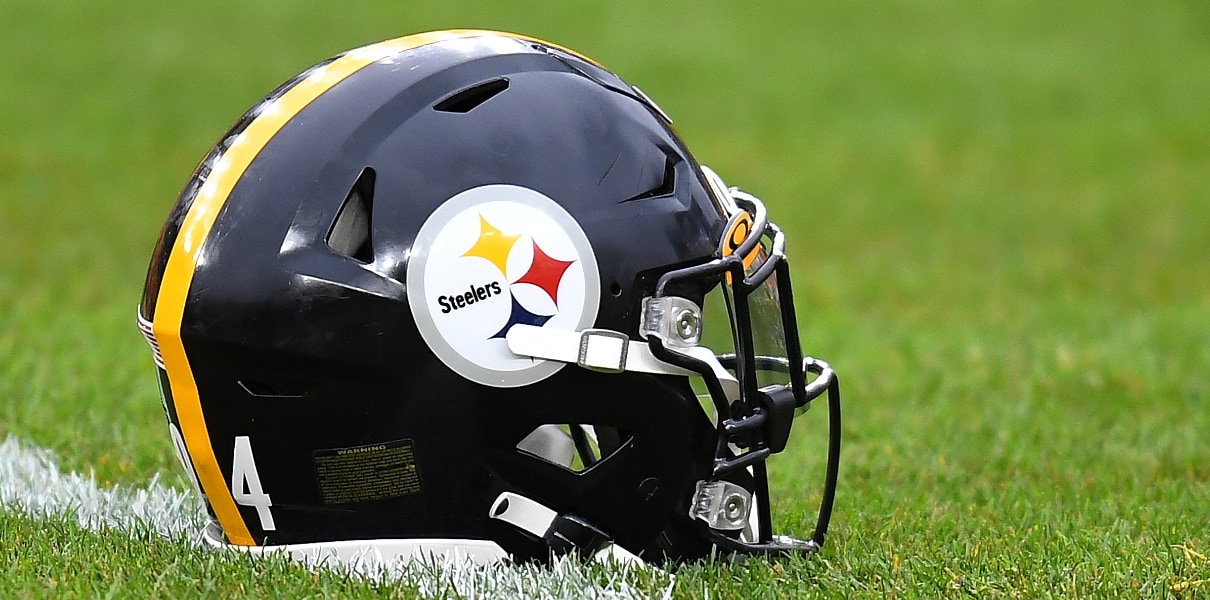Today is the first day NFL teams can place the franchise tag on eligible players. The term franchise tag (or simply the tag) is often used but not fully understood. There are two franchise tag variations and different salary cap implications.
So, before we examine who may be getting the tag, and talk about some notable recent cases that didn’t go so well, let’s discuss the intricacies of the franchise tag.
What is the Franchise Tag?
In a nutshell, a franchise tag is a one-year contract that every NFL team can issue once per offseason. It allows a franchise to strategically retain a player on a guaranteed deal with a non-negotiated salary.
However, there are two variations of the franchise tag:
Exclusive Franchise Tag: This variation of the tag prohibits a player from negotiating with another team and guarantees the player a salary based on the average of the top five salaries at the player’s position during that current year or for 120 percent of the player’s previous salary, whichever number is higher.
Non-Exclusive Franchise Tag: This variation allows players to negotiate with other teams. If a player on a non-exclusive tag agrees to a deal with a new team, the original team can match it or refuse and be awarded two first-round picks as compensation. The salary on a non-exclusive tag is determined by the average of the top five salaries at the player’s position from the previous five years applied to the current salary cap or for 120 percent of the player’s previous salary, whichever number is higher. If the current team does not match the offer from a new team, they will receive two first-round picks in return.
But Wait, There’s More …
Transition Tag: The transition tag is less common than the non-exclusive franchise tag. Under the transition tag, the player is given a one-year deal. The salary is determined by the cap percentage average of the ten largest prior year salaries at a player’s position, or 120 percent of his previous season’s salary, whichever is higher. Using the last ten years of data makes the transition tag cheaper than the non-exclusive or exclusive franchise tags. However, there is a catch for the team. Players given the transition tag can negotiate with other teams and can be extended an offer sheet. If the player’s current team cannot match the offer, that player is free to sign with the new team, and the current team does not receive any compensation.
2023 Franchise Tag Numbers
Here are the 2023 franchise tag costs by position (with the transition tags in parentheses) per OTC:
QB: $32,416,000 ($29,504,000)
LB: $20,926,000 ($17,478,000)
WR: $19,743,000 ($17,991,000)
DE: $19,727,000 ($17,452,000)
DT: $18,937,000 ($16,068,000)
OL: $18,244,000 ($16,660,000)
CB: $18,140,000 ($15,791,000)
S: $14,460,000 ($11,867,000)
TE: $11,345,000 ($9,716,000)
RB: $10,091,000 ($8,429,000)
ST: $5,393,000 ($4,869,000)
Notable 2023 Franchise Tag Candidates
Here are some notable free agents who could have the tag placed on them between now and March 7:
Lamar Jackson, QB (Ravens): If Jackson and the Ravens can’t reach a long-term deal in the next couple of weeks, Baltimore has already confirmed that they will tag Jackson at $32.416. At this point, this seems highly likely.
Geno Smith, QB (Seahawks): Smith had his best NFL season with the Seahawks in 2022. Now he’s a free agent in line for a big raise. If Seattle wants to keep Smith, a tag may be in order if an extension can’t be reached.
Daniel Jones, QB (Giants): Recent reports have Jones looking for upwards of $45 million per year from the Giants. So, a franchise tag is likely coming for Jones. That will give the Giants another season to work on a long-term deal with their former first-round pick. It will also provide them another season to see if Jones can build on his 2022 success.
Saquon Barkley, RB (Giants): Teams only have one tag, so with Jones likely heading for the franchise tag, Saquon Barkley will become a free agent if they can’t work out an extension. If the Giants do reach an extension with Jones, Barkley is a strong candidate for the tag at $10.091 million.
Josh Jacobs, RB (Raiders): Jacobs led the NFL in rushing, and he’s looking to get paid. Jacobs said as much at the Pro Bowl in Vegas earlier this month. He also said he would be the “hero turned villain” if the Raiders applied the franchise tag to him.
Tony Pollard, RB (Cowboys): Pollard had a wonderful season that ended in an unfortunate injury. If Dallas believes that Pollard is the new No. 1 back in Dallas, a tag makes a lot of sense.
Orlando Brown Jr., OT (Chiefs): Reports this week confirm that Orlando Brown Jr. will once again receive the franchise tag. However, since Brown played on the tag in 2022, he will earn nearly $20 million this year. That will also give him leverage in future negotiations.
Evan Engram, TE (Jaguars): Ultimately, I think the Jaguars pass on this option and try to find a tight end in the NFL Draft. Still, at $11.345, this is entirely reasonable to expect out of Jacksonville.
What Happens if the Player Resists the Tag?
Josh Jacobs’ comments at the Pro Bowl bring me to this topic. What happens if the player doesn’t want to take the franchise tag?
We can look at recent instances of players resisting the tag for reference. Most recently, Davante Adams had the franchise tag placed on him in Green Bay. Adams told the Packers to extend or trade him, or he would sit out the season.
Green Bay traded him to the Raiders, and Vegas gave him a five-year extension. That’s probably the most “painless” example of tag resistance playing out in the player’s favor.
In 2018 Steelers running back Le’Veon Bell sat out an entire season before the long-term deal he was looking for with the Jets in 2019.
Essentially, players only have two options. Either play on the tag or roll the dice and hope you get traded and get new money elsewhere.







